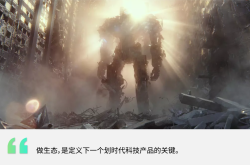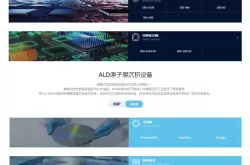Tesla Steps into the Affordable Car Arena: Will Its Sub-$40,000 Model Spark Another Revolution?
![]() 10/13 2025
10/13 2025
![]() 404
404
Lead | Lead
Recently, Tesla has officially rolled out cost-effective variants of the Model 3 and Model Y in the U.S. market, shattering price barriers with a starting price of just $36,990. This move seems to be a preemptive strike in the face of fierce market competition. However, it comes at the cost of stripping away tech features like ventilated seats and rear-seat screens, while keeping the core intelligent driving hardware intact. As Tesla embraces a 'philosophy of simplification' to cater to the mass market, will this pricing revolution redefine the competitive landscape of new energy vehicles, or will it plant seeds of risk in balancing scale expansion with brand value?
This article is produced by | Heyan Yueche Studio
Written by | Cai Jialun
Edited by | He Zi
Full text: 1,789 characters
Reading time: 3 minutes
A more 'budget-friendly' Tesla has finally made its debut.
Recently, Tesla has officially unveiled the 'Standard Version' of the Model 3 and Model Y in the U.S. market, slashing starting prices to $36,990 and $39,990, respectively. This marks a historic moment where the prices of its flagship models have dipped below the $40,000 mark. Compared to their predecessors, the Model 3 is now $5,500 cheaper, while the Model Y has seen a $5,000 price cut. Clearly, in the midst of intense competition in the new energy vehicle sector, even a giant like Tesla has had to resort to a price-for-market-share strategy.
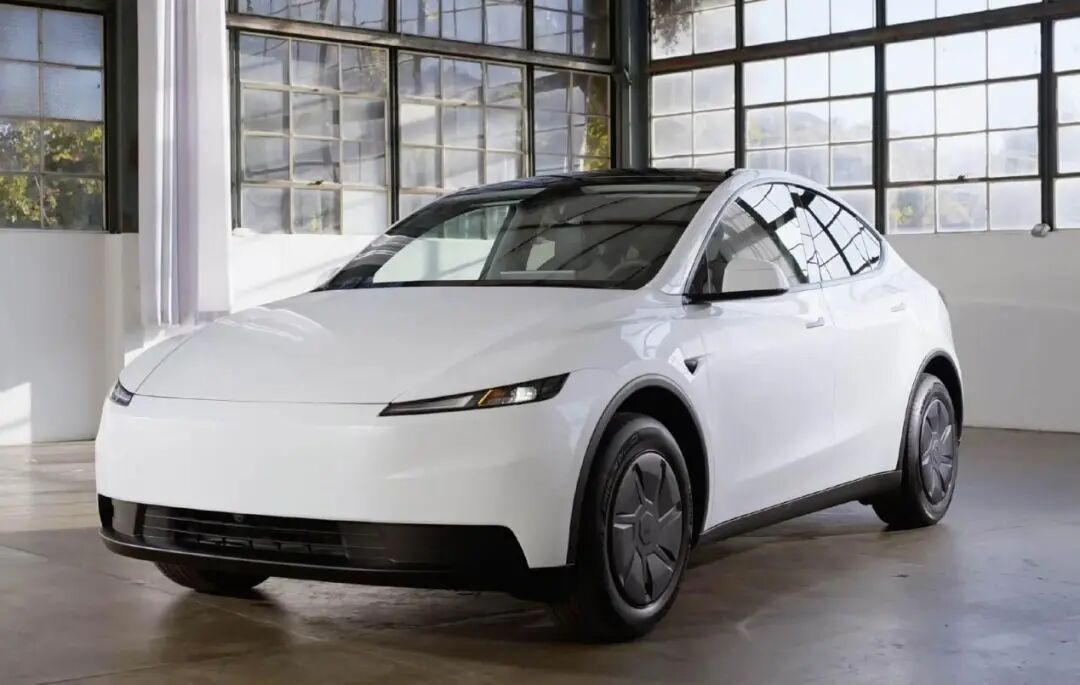
△ Tesla Unveils 'Standard Version' of Model 3 and Model Y in the U.S. Market
How does Tesla 'play' with pricing?
According to Tesla's official configuration list, the affordable versions of the Model 3 and Model Y have undergone significant simplifications while preserving core performance. Inside, the rear entertainment screen has been axed, seat materials have been downgraded from premium suede to standard fabric, and the speaker count has been reduced from 15 in the high-end version to 7. Externally, the standard Model Y has done away with the front grille's through-type light strip, integrating lighting functions into the main headlights on both sides. Both models are now available in only three basic paint colors: black, white, and gray, with gray being the sole complimentary option. Comfort and convenience features have somewhat reverted to traditional fuel-powered vehicle norms: the steering wheel and rearview mirror are now manually adjustable, the ventilated seat function has been removed (leaving only heating for the front seats of the Model Y, and removing rear-seat heating as well), and the Model Y's glass roof has been eliminated. In terms of software capabilities, the basic version has shed the 'Auto Steer' feature, retaining only 'Adaptive Cruise Control with Traffic Awareness'.
However, Tesla has upheld its standards in key hardware: both standard versions continue to sport the latest FSD Hardware 4.0 assisted driving hardware, paving the way for future functional upgrades. In terms of range, the standard versions are equipped with a 69.5 kWh battery pack, offering a full-charge range of 321 miles (approximately 516 kilometers), a figure that even surpasses some high-end variants.
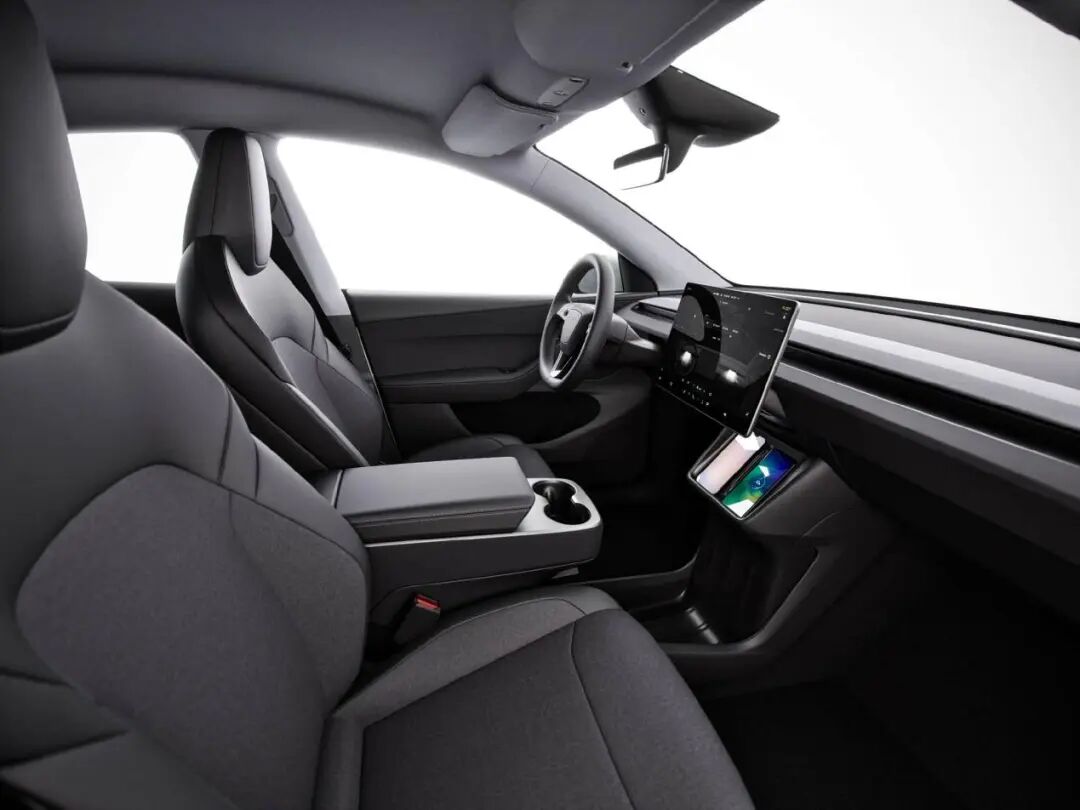
△ Tesla has streamlined certain interior features
Behind this 'philosophy of simplification' lies Tesla's pragmatic response to the escalating global electric vehicle market competition. Currently, Tesla still commands a leading position in the U.S. electric vehicle market. In the first half of 2025, the Model Y claimed the top spot as the best-selling electric vehicle in the U.S., with over 150,000 units sold, while the Model 3 trailed closely with over 100,000 units sold. In the second quarter, the Model Y and Model 3 combined accounted for 43% of total electric vehicle sales in the U.S. The launch of these lower-priced versions is expected to further bolster Tesla's market share.
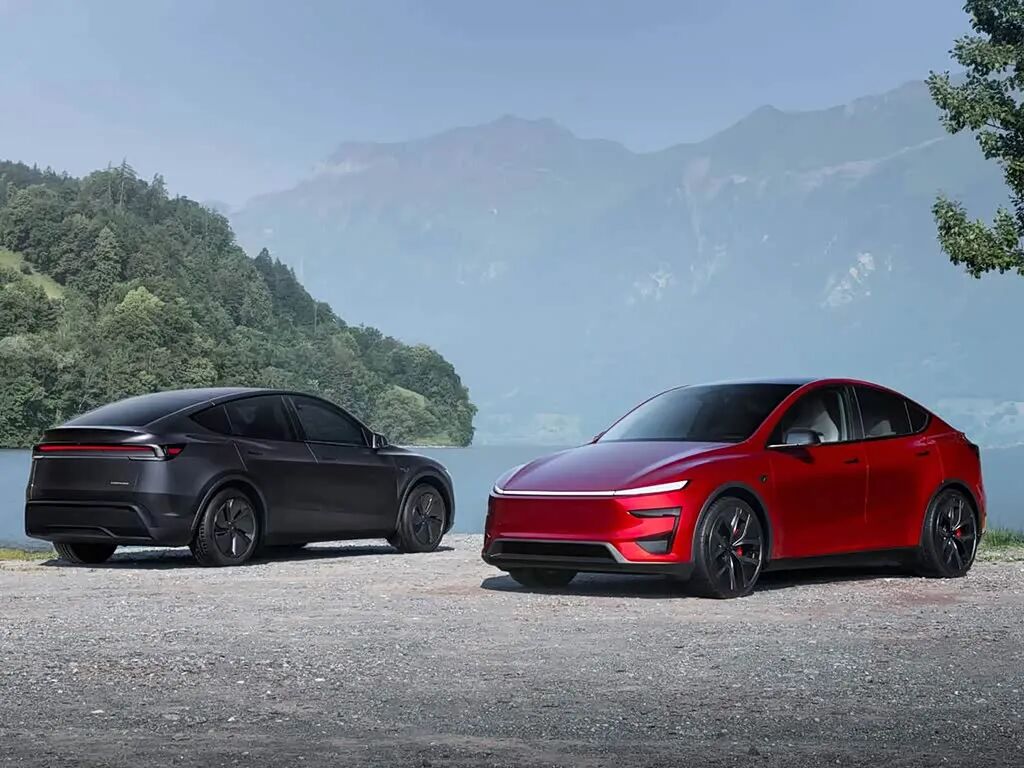
△ Tesla continues to lead the U.S. electric vehicle market
Is Tesla's price-for-market-share strategy a double-edged sword?
As a trailblazer in the electric vehicle industry, Tesla now grapples with multidimensional pressures in the global market. The primary motive behind this configuration and price reduction strategy is to counter the market shift caused by the expiration of the U.S. federal $7,500 electric vehicle tax credit on October 1, 2025. By lowering the purchase threshold, Tesla aims to lure price-sensitive consumers and cement its position in the U.S. electric vehicle market.
However, this strategy has also brought about significant drawbacks: the capital market reacted negatively, with Tesla's stock price plunging approximately 4% in a single day following the announcement. To some extent, investors have voiced concerns about whether Tesla's 'configuration and price reduction' strategy can sustain growth and its impact on brand value. Most critically, Tesla's brand influence as a 'tech pioneer' has been a key differentiator from numerous new energy vehicle brands. Yet, the reduction in configurations, particularly the removal of assisted driving features like Autosteer, has tarnished Tesla's tech image. Facing dual pressures from traditional automakers accelerating their intelligent and electrification transformations and the rise of other new automotive forces, some industry insiders view Tesla's move as a double-edged sword.
In the U.S. domestic market, although Tesla still wields considerable clout, General Motors' electric vehicle sales more than doubled in the first half of 2025, with Chevrolet emerging as the second best-selling electric brand after Tesla. In the European market, the Model Y faces encirclement from local brands such as Volkswagen and Renault, and Tesla's sales in the EU have already shown a decline. The Chinese market presents a complex scenario: although Shanghai's Gigafactory delivered a record 191,000 units in the second quarter, Tesla's cumulative sales in China for the first eight months of 2025 decreased by 6.9% year-on-year. Amid fierce competition from Chinese brands like Zeekr, XPeng, and Xiaomi, which offer higher cost-effectiveness and richer configurations, Tesla has repeatedly resorted to price reductions and financial incentives, yet sales remain under pressure. Multiple price cuts have eroded the residual value of used Teslas, leading some potential consumers to adopt a wait-and-see attitude, fearing immediate vehicle depreciation after purchase, which further complicates Tesla's sales endeavors.
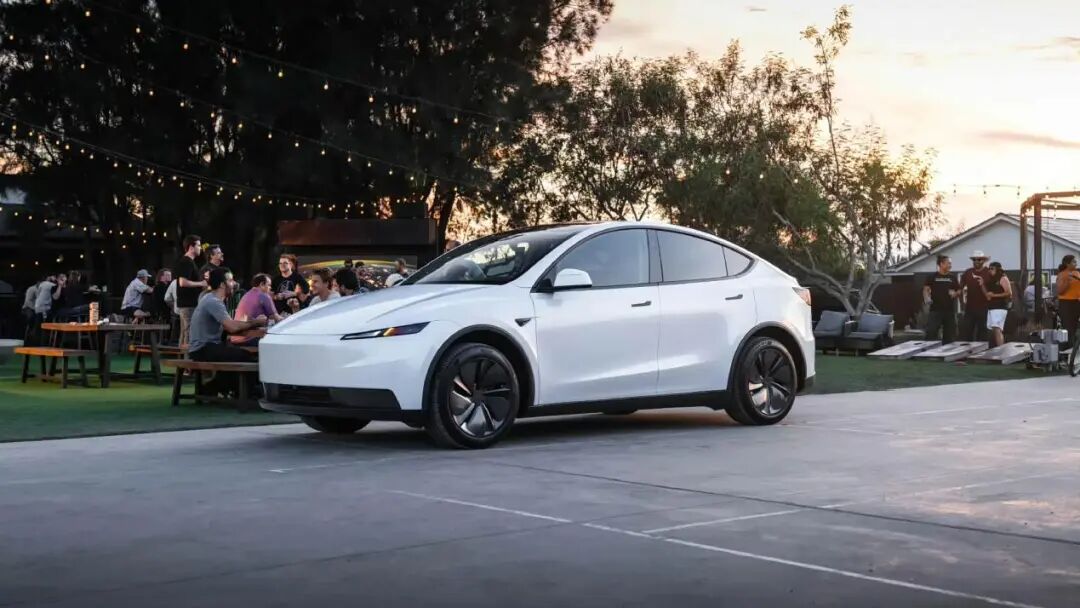
△ Tesla currently faces formidable competitive pressure
Commentary
As hardware innovation slows down and price wars become an inevitable survival tactic for new energy vehicle companies, this marks a pivotal juncture for Tesla. Its true value should lie in breakthroughs in software services such as FSD full self-driving and energy ecosystems. If Tesla can transform its brand from an 'electric vehicle manufacturer' to a 'mobile technology company,' today's configuration reductions are merely a necessary phase in its strategic evolution. However, if it continues to wallow in price wars, it may risk descending from a tech pioneer to a run-of-the-mill player.
(This article is original to 'Heyan Yueche' and may not be reproduced without authorization.)


